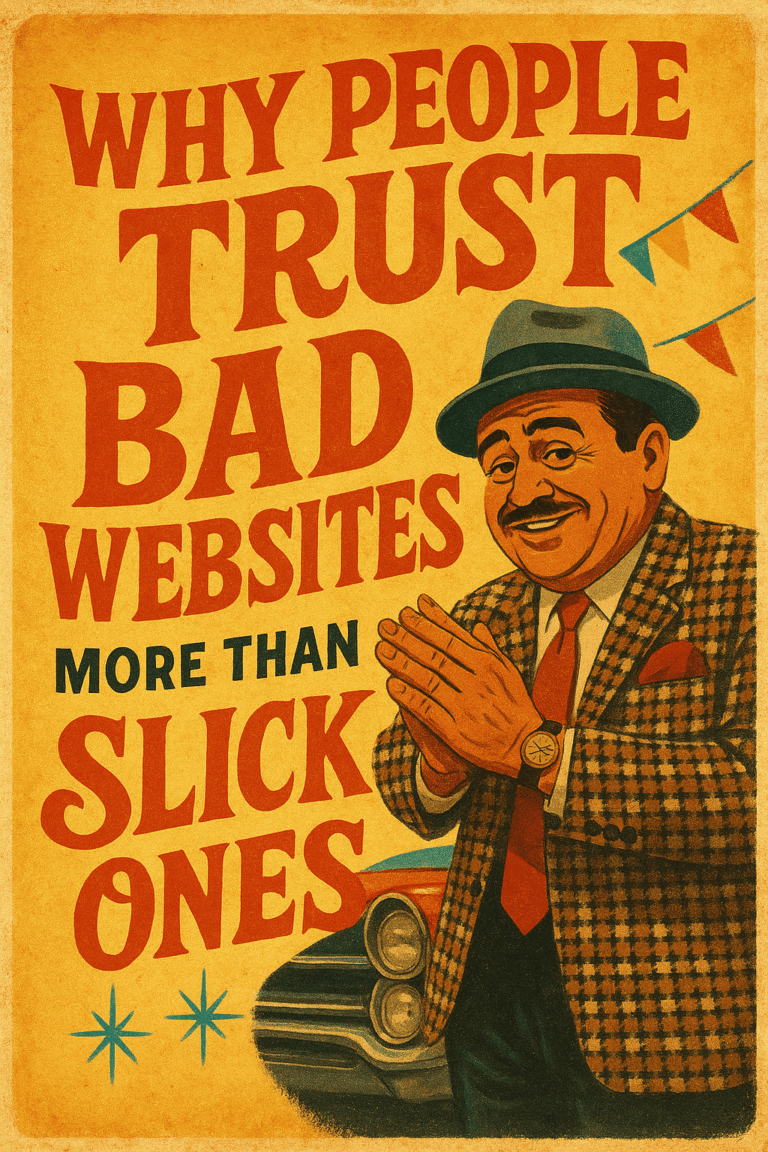
In 2025, the performance and security of your WordPress website aren’t just nice-to-haves—they’re essential. With Google continuing to prioritize site speed and user experience in its algorithm, and cyberattacks becoming more sophisticated, business owners and marketers need to ensure their sites are both fast and locked down tight.
We’ve been working with WordPress at Graticle Design since 2010, and we’ve learned firsthand what keeps a site running fast, secure, and reliable. This guide shares exactly how to get it right in 2025.
Why Speed and Security Matter in 2025
Speed Impacts:
- SEO rankings: Google continues to use Core Web Vitals as a ranking factor.
- Conversion rates: Even a 1-second delay in load time can drop conversions by 7%.
- User satisfaction: Fast sites reduce bounce rate and increase engagement.
Security Impacts:
- Reputation: One breach can destroy customer trust.
- SEO penalties: Google blacklists hacked websites.
- Legal compliance: Data privacy laws (like CCPA and GDPR) require secure handling of user data.
Part 1: Speed Optimization for WordPress in 2025
1) Choose High-Performance Hosting
A fast site starts with fast hosting. In 2025, cloud-based managed WordPress hosting is a must.
Look for:
- Google Cloud Platform or AWS infrastructure
- LiteSpeed or NGINX servers
- Built-in CDN and caching
- Automatic scalability during traffic spikes
Recommended: We use Google Cloud infrastructure with Cloud CDN integration for our clients at Graticle Design.
2) Use a Lightweight Theme
Avoid bloated themes with too many built-in features. Instead:
- Choose themes optimized for speed (like GeneratePress or custom-built ones)
- Only install what you need—less code, fewer conflicts
- Test your theme using PageSpeed Insights
3) Optimize Images with Next-Gen Formats
Images often account for 60%+ of a page’s size.
Best practices:
- Use WebP or AVIF format for smaller file sizes without quality loss
- Resize images before uploading
- Use lazy loading for off-screen images
- Consider a plugin like ShortPixel or Optimole for automation
4) Use Page and Object Caching
Caching stores versions of your site so users get faster load times.
Use:
- Full-page caching via plugins like LiteSpeed Cache
- Object caching (like Redis or Memcached) for dynamic content
- Browser caching to store static resources locally
5) Minify and Combine CSS, JS, and HTML
Reducing file sizes cuts down load times.
- Use minification tools (many caching plugins do this)
- Delay JavaScript execution if not needed immediately
- Avoid blocking resources in the critical rendering path
6) Use a CDN (Content Delivery Network)
A CDN serves content from servers closest to your visitor, reducing latency.
Benefits:
- Global reach
- Faster load times
- Redundancy during traffic spikes
We recommend Cloudflare or Google Cloud CDN for robust performance.
7) Reduce Plugin Bloat
Too many plugins slow your site down.
Tips:
- Audit your plugins quarterly
- Remove unused or redundant plugins
- Avoid overlapping functionality
8) Enable GZIP or Brotli Compression
Compressing your site’s files can reduce bandwidth usage by up to 90%.
- Enable via server settings or plugins
- Use Brotli for newer browsers; GZIP for fallback
9) Optimize Your Database
A cluttered database affects speed.
Use:
- WP-Optimize or Advanced Database Cleaner
- Automatic weekly cleanups
- Limit post revisions and trackbacks
10) Run Regular Speed Tests
Tools to monitor speed:
- PageSpeed Insights
- GTmetrix
- WebPageTest.org
Track:
- First Contentful Paint
- Time to Interactive
- Total Blocking Time
Part 2: Securing Your WordPress Site in 2025
1) Use a Quality Security Plugin
Start with a solid security plugin to monitor threats.
Top choices:
- Wordfence
- Sucuri
Look for:
- Malware scanning
- File change detection
- Login attempt limits
2) Enable a Web Application Firewall (WAF)
A WAF blocks malicious traffic before it hits your site.
- Cloudflare’s free plan offers basic protection
- Premium WAFs offer better zero-day protection
- Combine with real-time IP blacklists
3) Enforce Strong Login Security
Secure your admin area:
- Require strong passwords
- Enforce 2FA (two-factor authentication)
- Change the default login URL from /wp-admin
- Limit login attempts
4) Keep WordPress Core, Plugins, and Themes Updated
Outdated software is the #1 cause of site hacks.
Best practices:
- Enable auto-updates for minor releases
- Vet plugin updates on staging sites
- Remove abandoned plugins
5) Use HTTPS and an SSL Certificate
SSL is non-negotiable. In 2025, it’s a trust signal and SEO ranking factor.
- Use Let’s Encrypt or a paid SSL certificate
- Redirect all HTTP to HTTPS
- Fix mixed content warnings
6) Set Proper File Permissions
Secure file and folder access:
- wp-config.php: 400 or 440
- .htaccess: 644
- Uploads: 755
Avoid 777 permissions—they’re a hacker’s dream.
7) Disable XML-RPC If Not Needed
XML-RPC is often exploited for brute-force attacks.
- Disable it via plugin or functions.php if not using apps like Jetpack
8) Secure wp-config.php and .htaccess
Add extra protection to key files:
<files wp-config.php>
order allow,deny
deny from all
</files>Same goes for .htaccess and error logs.
9) Enable Daily Backups
Even with the best defenses, things can go wrong. Backups save your sanity.
Use tools like:
- UpdraftPlus
- All-in-One WP Migation
Back up:
- Files and database
- Offsite (OneDrive, Google Drive)
- Automatically, daily
10) Monitor Activity Logs
Track what happens on your site:
- Who logs in and when
- Plugin/theme changes
- File modifications
Use:
- WP Activity Log
- Simple History
This helps catch malicious behavior before it causes damage.
Bonus Tips: Combining Speed + Security in Your Workflow
- Choose a managed host: Many handle both speed and security for you
- Use staging sites: Test updates and plugins before pushing live
- Limit user access: Use roles and permissions wisely
- Use DNS-level security: Cloudflare adds a layer of protection and performance
What now?
Keeping your WordPress site fast and secure in 2025 isn’t about one tool or trick—it’s about a layered, proactive strategy. Businesses in Longview, Kelso, and Ridgefield trust Graticle Design because we stay on top of what works, test constantly, and handle the technical details so you don’t have to.
If your website is sluggish or vulnerable, let’s fix that. Reach out to us at Graticle Design—we’ll give your site the care it deserves.





